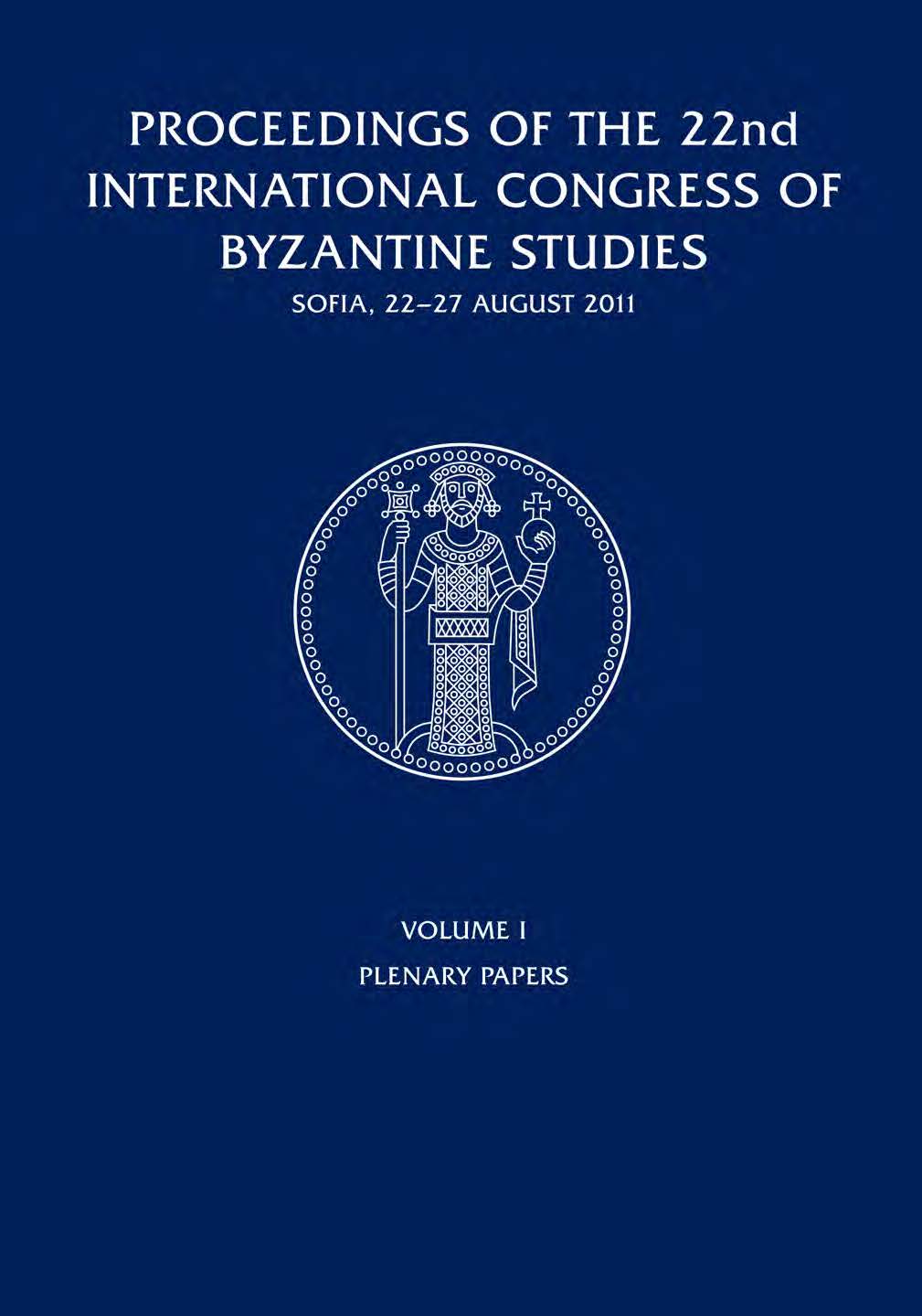
We kindly inform you that, as long as the subject affiliation of our 300.000+ articles is in progress, you might get unsufficient or no results on your third level or second level search. In this case, please broaden your search criteria.

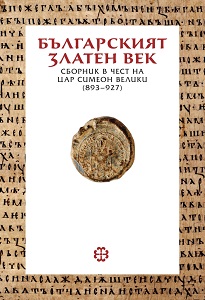
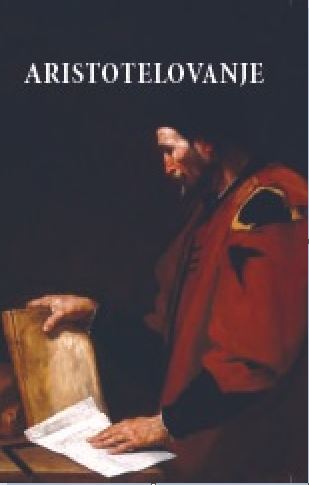
Athens in the classical period of Hellenic history was by far the most developed city of Helena, and its democratic system of making important decisions in the Assembly as well as their implementation, was a role model not only in the Hellenic world. Aristotle does not follow his teacher Plato nor Xenophon who do not discern difference between the system of government in the household and the polis. Polis is the community of equal people where relationships create free citizens who are also representatives of their own households, families or the territorial units (topics). Aristotle in the Rhetoric shares laws into general (natural) and specific, those which individual nations defined to themselves and for themselves which could be written and unwritten. Constitution of Athens is the only surviving piece of the rich Hellenic and legal history. In the following lines we will try to explain what this work contains and why it is important even nowadays after two and a half millennia.
More...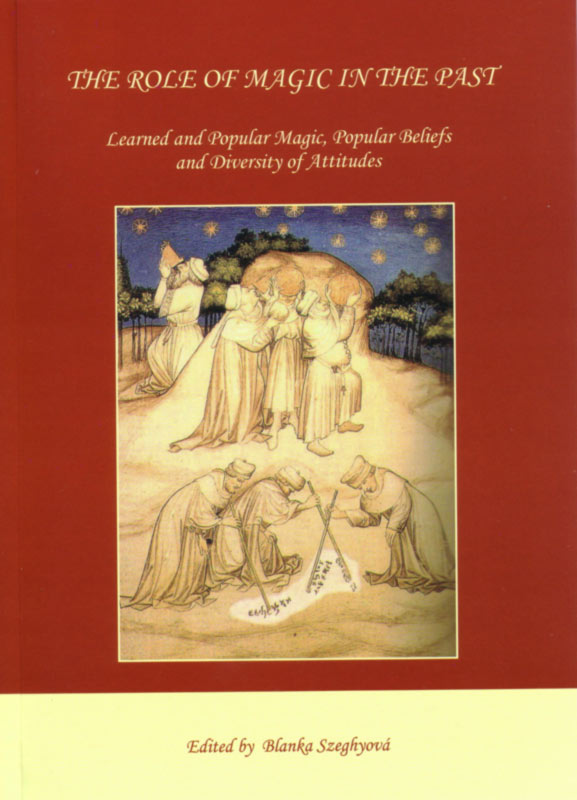
In the past few decades I have begun to examine the role that magic played in the lives of village and small town societies in the early modern period, in their mentality, religiosity and belief system. The examination was based on sources related to witchcraft. It is commonly known that the minutes of the witchcraft trials which took place throughout the 16th to 18th centuries are valuable sources with regard to the rural communities of the early modern period, in fact they constitute the only early modern source, which gives a detailed account of the communal role and social background of magic. The witness accounts of these trials reflect almost directly the ‘rural witchcraft’, which took place in the background of the official events and preceded these trials. Contrary to the accused, who may even have been forced by the expectations of elite demonology to make a false statement, the witnesses reconstructed the goings on of their village in the context of traditional witchcraft belief. They relate those of their memories, which can be interpreted as malefactions of a witch in the light of their beliefs. This allows us to gain what might near enough be called direct evidence regarding bewitchment (‘maleficium’) or black magic (or, in fact, its absence, as we shall see in what follows).
More...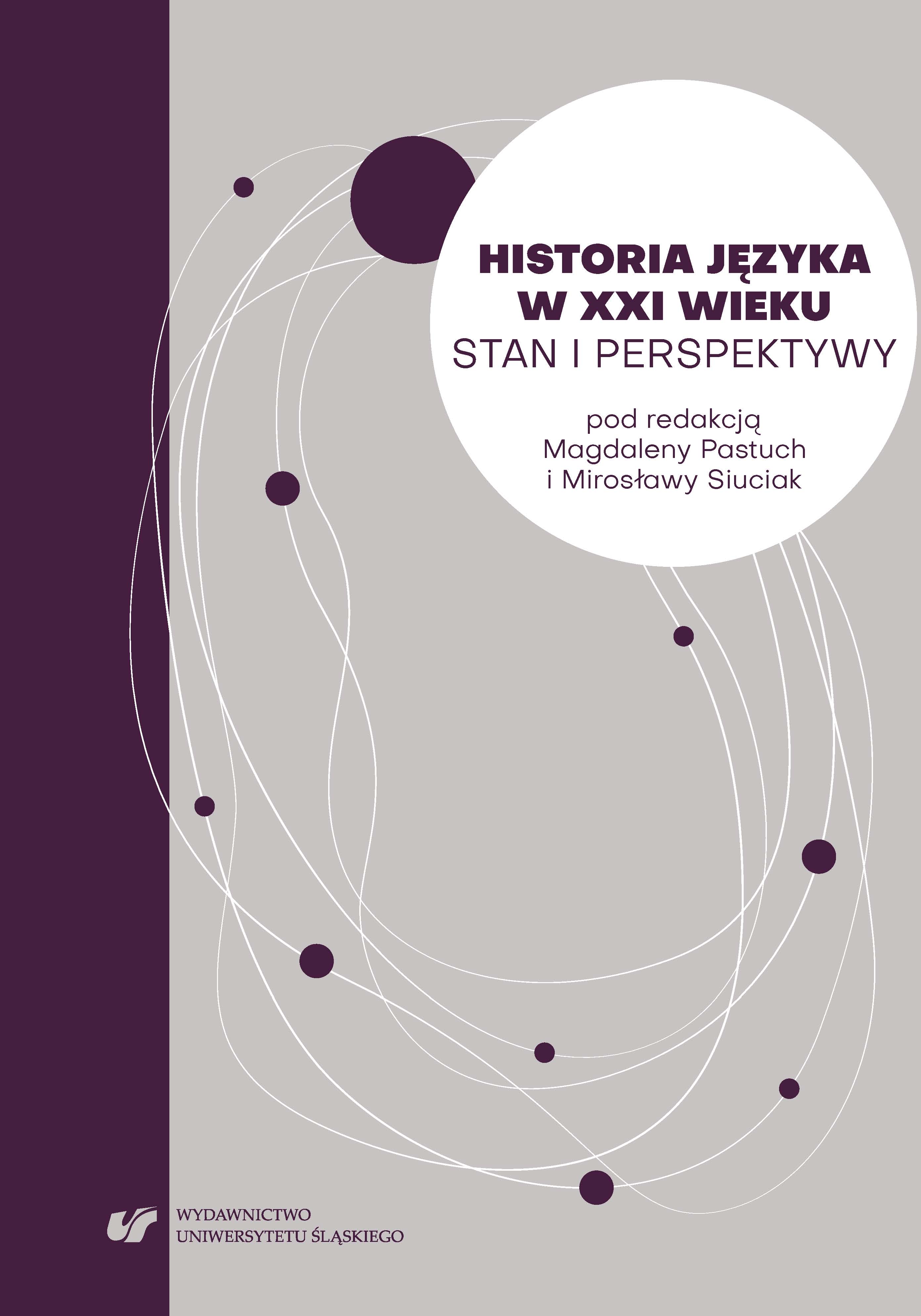
Bartłomiej Groicki and Paweł Szczerbic presented, in Polish, the principles of adapted Magdeburg law, which regulated legal proceedings and communication in the 16th-century municipal judiciary. Their ideas referring to language interaction were broad as they included the participants, space and time as well as text structures. Therefore, the codifiers created an optimal model of institutional communication used in courts which included discursive components and which they firmly introduced into jurisprudence. Codification proposed by Bartłomiej Groicki and Paweł Szczerbic was used during trials in municipal courts between the 16th and 18th centuries. Determining the extent to which that codification was used in courtroom communication is made possible thanks to surviving archived municipal books, compiled in many cities of the First Rzeczpospolita (Republic of Poland). However, the studies recreating the Old Polish language on the basis of these books would have to be aimed at text linguistics and pragmatics, which would include institutional parameters. Such analyses would result in recreating obligatory models of institutional communication used by Polish townspeople, which was influenced by German legislation.
More...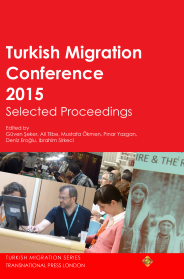
Since the outbreak of the Syrian Civil War in the spring of 2011, the number of Syrian nationals seeking refuge within the borders of Turkey has surged, and the recent intensified threat of the Islamic State of Iraq and Syria (ISIS) has only caused the number of Syrians fleeing to Turkey for safety to rise further. Today, Turkey hosts more Syrians than any other country in the world; according to official United Nations Refugee Association (UNHCR) registration statistics as of April 10, 2015, there are 1,758,092 registered Syrians in Turkey (UNHCR 2015) although estimates among academics, representatives from non-governmental organizations (NGOs) and others predict the actual number of Syrians in the country as closer to 2.5 million. However, the legal status of Syrians in Turkey is unique. Not legally recognized as refugees due to Turkey’s historic and current migration policies, Syrians in Turkey are considered as ‘guests’ in the country and remain here under the legal status of temporary protection. Although this status provides for many basic rights - including shelter, food, education, medical support and the possibility of employment - Syrians often remain uninformed of and unable to access their rights-based provisions. Additionally, as the governmental and societal discourse of ‘guests’ suggests, Syrians are expected to be ‘hosted’ by the Turkish government and society and subsequently return home. Although governmental policy and many Turkish humanitarian aid-based NGOs continue to convey this discourse of Syrians as ‘guests’ under temporary protection, Turkish society is becoming tense - the Syrian ‘guests’ have overstayed their welcome.
More...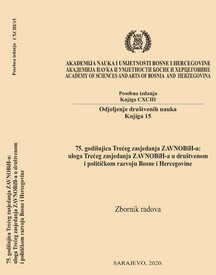
During the Second World War, the People’s Liberation Movement (PLM) in Yugoslavia had several goals, of which the anti-fascist fight and liberation of the country stood out, as well as the building of a new democratic people’s government, i.e. a new socio-political system. In order to understand this, one must keep in mind the historical outcomes and activities of which stand out: (1) letters from the advanced Bosnian student youth of 1937, 1938 and 1939; (2) the leftist magazine „Putokazi“ from Zagreb, which was published for three years (1937, 1938 and 1939), with a total of 13 issues, edited by Skender Kulenović and Hasan Kikić, Zijo Dizdarević, Hamid Dizdar and Safet Krupić. The editor-in-chief was Šukrija Huskić and (3) the Fifth National Conference of the Communist Party of Yugoslavia in Zagreb from 19 to 23 October 1940, which paid special attention to Bosnia and Herzegovina. Understanding the anti-fascist fight of the PLM as a permanent civilizational-existential constant, in which all peoples and nationalities led by the PLM took part, the authors focus on building a new people’s democratic government. At the same time, they emphasize that the center of the PLM was in BiH, especially in Bosnian Krajina, where historical key events were held (two sessions of the National Anti-Fascist Council of People’s Liberation of Bosnia and Herzegovina - ZAVNOBiH in 1943 - in Mrkonjić Grad and 1944 in Sanski Most and two sessions of the Anti-Fascist Council of the People’s Liberation of Yugoslavia - AVNOJ - in 1942 in Bihać and in 1943 in Jajce). Thus, the development of the PLM and the building of new government in BiH were directly correlated. Eminent scientists (such as academician Enver Redžić) asses that these historical events happened under the pressure of successful development of the PLM and that they would have happened without the instructions of the PLM leadership, which does not question their role at all.
More...
During socialist Yugoslavia, in Bosnian-Herzegovinian historiography, the emancipation of women was associated with her participation in the People’s Liberation Struggle. From 1942, when the organization of the Anti-Fascist Women’s Front of Yugoslavia was formally established, until 1953, when it was abolished at the Fourth Congress, this mass organization was more or less, and even under the full influence of the Communist Party of Yugoslavia, depending on political circumstances. Although this women’s organization was publicly thanked for its successful work, with the constant remark that more women and better results are expected, prominent women members, as well as women fighters and women members of the Party did not participate in the highest emerging government institution during the war, as well as postwar period. The promises of the revolutionary government during the war time were fulfilled immediately after the war by constitutional and legal solutions. Women in socialist Yugoslavia received active and passive voting rights, equal pay with men for equal work, equality in family and inheritance law, the right to divorce, the right to share marital property, the right to protection of illegitimate children, paid maternity leave, the right to guardianship, etc., with tendency to expend legislation in favor of women. However, equality between women and men was more based on legislation and less on a fundamental change in female-male relations in everyday life because it was difficult to change the stereotype of the women as a caring mother, hardworking housewife and exemplary worker – so women did not have much time to socio-political activities. In addition, women were not brave enough to get rid of the imposed restrictions.
More...
ZAVNOBiH is an expression of the desire of the people of Bosnia and Herzegovina to live in freedom, as their own, in a community in which decisions about their lives will not be made by other but by themselves only. And that is exactly why ZAVNOBiH could have been the instigator of both the nationwide gathering under the same flag and the nationwide enthusiasm, both in the whirlwinds of the National Liberation War and after it. Actually, with the third session, ZAVNOBiH ended its life by transferring its competencies to peacetime government institutions. However, the spirit of enthusiasm it produced did not diminish in these institutions either, at least for the first twenty or so post-war years. In support of this, after all, there are the statistics - the achieved rates of economic growth, according to which Yugoslavia, and with it Bosnia and Herzegovina, of course, was at the very top of the world, then the achieved rates of employment, trends in gross domestic product, achievements in education and health and many other indicators. Have the people of Bosnia and Herzegovina forgotten the values on the wings of which the war-torn country of the 1940s and 1950s was rebuilt, from which youth work actions were fed, which radiated love instead of hatred? On an emotional level, I’m not ready to believe that. In reality, however, it is possible to mark the details that most seriously warn - not only today but all the years of Bosnia and Herzegovina’s social and political transition.
More...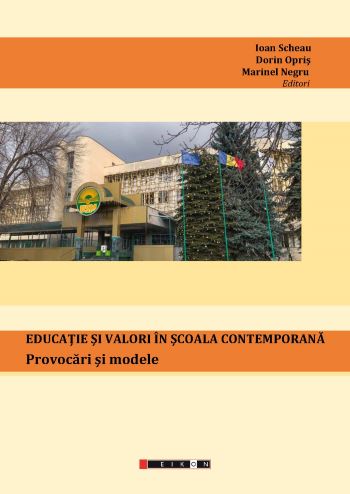
This paper presents the main socio-political conceptions of the Middle Ages: Augustine, Al-Farabi, Averroes, Thomas Aquinas, William Ockham.Augustine presents his view of history through the theory of two cities: one of the accursed multitude (Babylon) and one of the righteous (Jerusalem).Al-Farabi insists on the central role of the leader who must be to society what the heart is to the body. Averroes advocates reform of the state whose policy must be to pursue the public good.Thomas Aquinas considered the state the most important construction of human reason, and he advocated the constitutional state.William Ockham advocates for preserving the role of the papacy as religious leadership only, not political leadership, where monarchy is preferred.
More...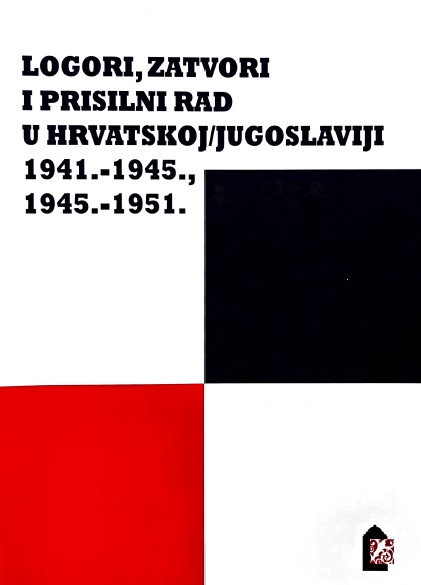
This work reviews the judicial process directed against Catholic priests in Osijek in the period immediately following the Second World War. The main characteristics of Church-State relations at the time of these trials is described in the introductory part of this article, and a short review of criminal law in postwar Yugoslavia is provided, which was the legal basis by which the regime carried out its revenge against people who did not share its political views. In the next part of the work the author presents six individual cases substantiated by available archival documents, of which the authentic transcripts of the court are particularly interesting.
More...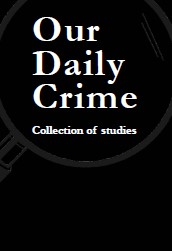
If we observe the crime as an integral part of the social reality, then we certainly have to bear in minds its changing phases and its general incorporation into a wider picture of social movements. Therefore, my intent is to demonstrate in which way crimes have (not) followed the rhythms of labor, leisure, and public celebrations of medieval Dubrovnik, especially regarding their typology and frequency. Thus, the analysis includes crime distribution in relation to the location where the wrongdoing has occurred, together with investigation of social provenance of perpetrators and victims within this cheerless statistic of everyday life. Given the fact that the total number of the extant criminal records of the medieval Dubrovnik would be too huge “bite” for a case study of this kind, author analyzes preserved judicial records from only one year (1415).
More...
The topic of the paper is the analysis of the types of criminal offenses mentioned in the earliest preserved judicial notary documents of Kotor (1326 - 1337), and which are defined and sanctioned by the Statute of Kotor. Protection of interests of the community and principles of good administration were the priorities upon which the criminal justice system of Kotor was based. On the other hand, protection of private property was the most common topic because of which civil litigations were initiated.
More...
The following paper analyzes the structure of crimes committed in the city of Zagreb from 1887 until 1912 based on the annual Reports of the City Council of the Free and Royal City of Zagreb. The abovementioned reports provide a detailed insight into the structure and number of criminal offenses and misdemeanours, as well as the type of these misdemeanours, offenses, and other criminal acts reported to the police authorities according to the Criminal Law of the Kingdoms of Croatia and Slavonia. In the course of the authors’ analysis of the collected data on criminal and minor offenses, quantitative methods were applied which in turn provided valuable insights into the trends pertaining to their number during the observed period. With the use of quantitative methods, it has been established that there were no major effects of the increase in population on the trends of the number of criminal and minor offenses, which means that rapid urbanization of the city did not have a significant impact on the rise of law-breaking. Further analysis of the gender of the perpetrators of criminal offenses and misdemeanours has confirmed existing observations on the inferior position of women in society of that period as a contributing factor to their smaller representation among perpetrators of most felonies. Furthermore, with the use of quantitative methods, a decrease in efficiency of the Police Service in terms of discovering most of the felonies has been determined, even though a high degree of efficiency was still maintained in detecting certain categories of felonies.
More...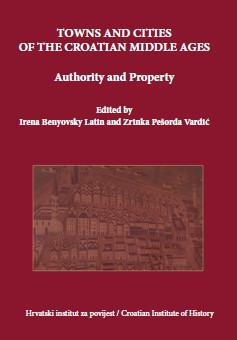
This article focuses on the position of women in medieval Slavonian towns regarding their right to possessing real estate and disposing with their immovable property. Even though there were many towns in the territory of medieval Slavonia or present-day north-western Croatia, be it free royal towns, which were directly subjected to the crown, or marketplaces, which formed a part of noble estates and enjoyed only limited autonomy, my research primarily focuses on Zagreb’s Gradec and Varaždin, mostly because their sources have been best preserved.
More...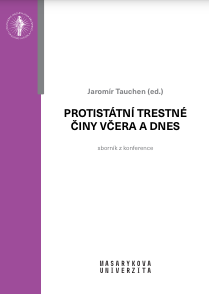
The paper deals with the criminal law education at the turn of the 19th and 20th century. It focuses on person of professor František Štorch, teaching criminal law at the Czech Law Faculty of Karl-Ferdinand University in Prague at that time. It pays its attention to the form of the then used learning tools as well as to the integration of crimes against the state into the system of criminal law back then.
More...
The history of law indeed refers to persons handing down judgments and often offers interesting stories, such as the story of a judge working under various political regimes Dr. Pavel Korbuly (1906–1970). On May 4, 1934, Korbuly was appointed a single judge in criminal matters, after 1948 he became an instrument of justice under the communist regime and was one of the most active judges of the State Court in Bratislava. Prior to the Vienna Arbitration, he was a judge in the Czechoslovak Republic, then in Hungary, and after 1948 he was one of the judges who tried and sentenced victims of the communist regime (more than 500 people) in Slovakia. By the same communist regime, however, Korbuly was later prosecuted due to his active support of the anti-communist uprising in Hungary in 1956. Unlike others, he was one of the judges who had realized their responsibility for convicting the innocent and committed public repentance. From this perspective, his life story is unique in Central Europe as well as worldwide.
More...
The issue of the legal regulation of criminal offenses against the republic is interesting and concise, as it points to the importance of protection and security of the societal interests of the Slovak Republic. Defining the individual facts of crimes against the republic ensures protection against crimes that may threaten the very democratic establishment of the republic, its sovereignty, security, defense, as well as its territorial integrity. In the Slovak Republic, the area of crimes against the republic has undergone several changes, in particular the recodification of criminal law. The main crimes related to the ideology and organization of the socialist state were changed after 1989. The basis of the recodification changed the system of the Criminal Code, which expressed a change in the priority of protection of basic human rights and freedoms of individuals over the interests of the state. This change points out the position of the values of the citizens of the Slovak Republic in today’s modern state and at the same time regulates the obligations that the citizen of the whole society has.
More...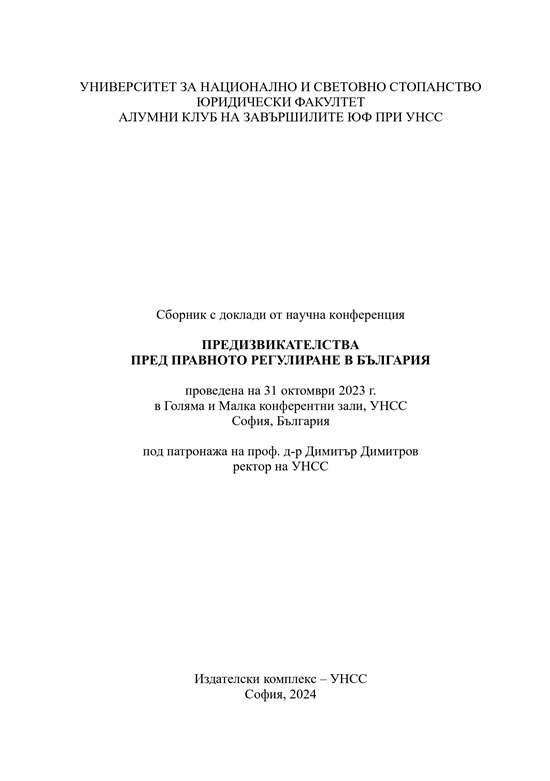
In the history of the law of the Bulgarian state, with the change of the political situation, the basic law also changes. Every newly adopted constitution is an expression of the basic principles, institutes and state bodies. The Constitution of the People's Republic of Bulgaria of 1947 marks the beginning of a new political model of governance.
More...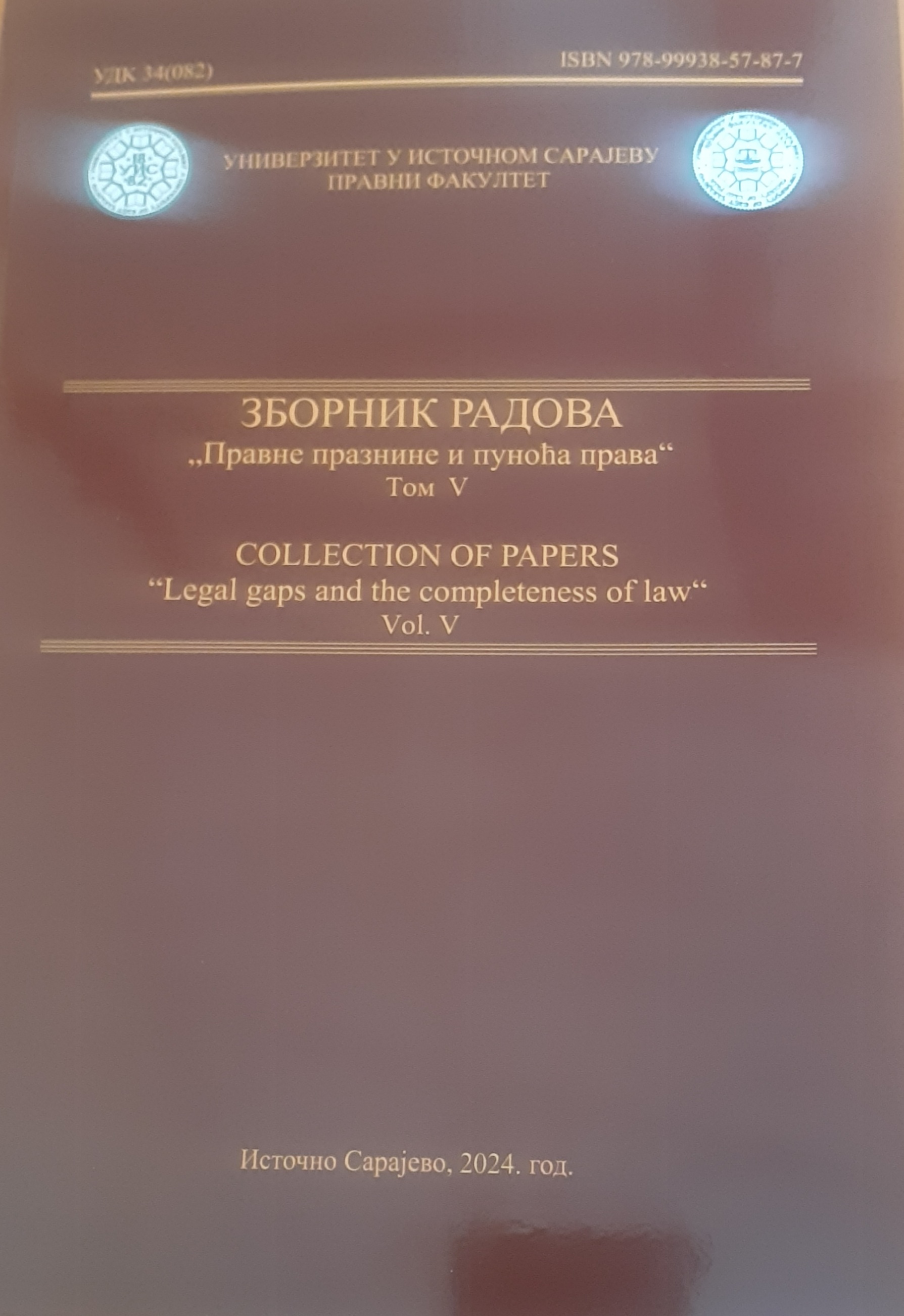
Although unresolved agrarian relations in Bosnia and Herzegovina and the conflicts that broke out on that occasion served Austria-Hungary as an excuse to obtain a mandate for occupation at the Berlin Congress, Article XXV of the Berlin Treaty did not formally obliged the Monarchy to resolve this issue. The occupation administration decided to keep the established agrarian relations and Ottoman agrarian regulations. Because it was between two irreconcilable sides, the Austro-Hungarian administration looked at the agrarian question exclusively from a political standpoint. However, for the interested parties, it represented the most significant economic-social, national, and confessional issue. Therefore, the agrarian question represented a suitable tool for creating intolerance among the population of Bosnia and Herzegovina, which the Austro-Hungarian administration successfully used for its goals. The importance of the agrarian issue was also understood by the political parties formed at the beginning of the 20th century in Bosnia and Herzegovina, and it represented one of the most important issues in their political activity. Petar Kočić particularly stood out in the work on its solution. The agrarian issue came before the Bosnian-Herzegovinian Parliament after the government submitted a draft law on the optional settlement of the agrarian relations. The resolution of the agrarian issue was significant not only for its impact on economic and social relations, but also for the political realignments it sparked. This issue was the biggest stumbling block in the cooperation between Serbs and Muslims. On the other hand, the existence of a significant number of serfs among the Catholics should have united Serbian and Croatian politics in the fight for the compulsory purchase of serfs. Political tactics, however, took politics in Bosnia and Herzegovina in a completely different direction. A Croat-Muslim pact is created, and the Serbian Parliamentary Club disintegrates precisely because of internal contradictions regarding the way in which the agrarian issue will be resolved. Despite the differing positions of the Serbian and Muslim parliamentary groups, the regime managed to form the necessary majority in Parliament during the vote. Aside from Croats and Muslims, the law is also supported by some Serbian deputies. The government believed that with a lower interest rate, it would provide the serf with more favorable conditions for redemption, which would further lead to the creation of a free peasant class that would be able to develop agriculture in the county. Solving the agrarian issue by voluntary redemption showed that the Muslims were guided by their economic calculation. Their relations with Serbs and Croats during parliamentary work were motivated solely by the desire to preserve old privileges.
More...